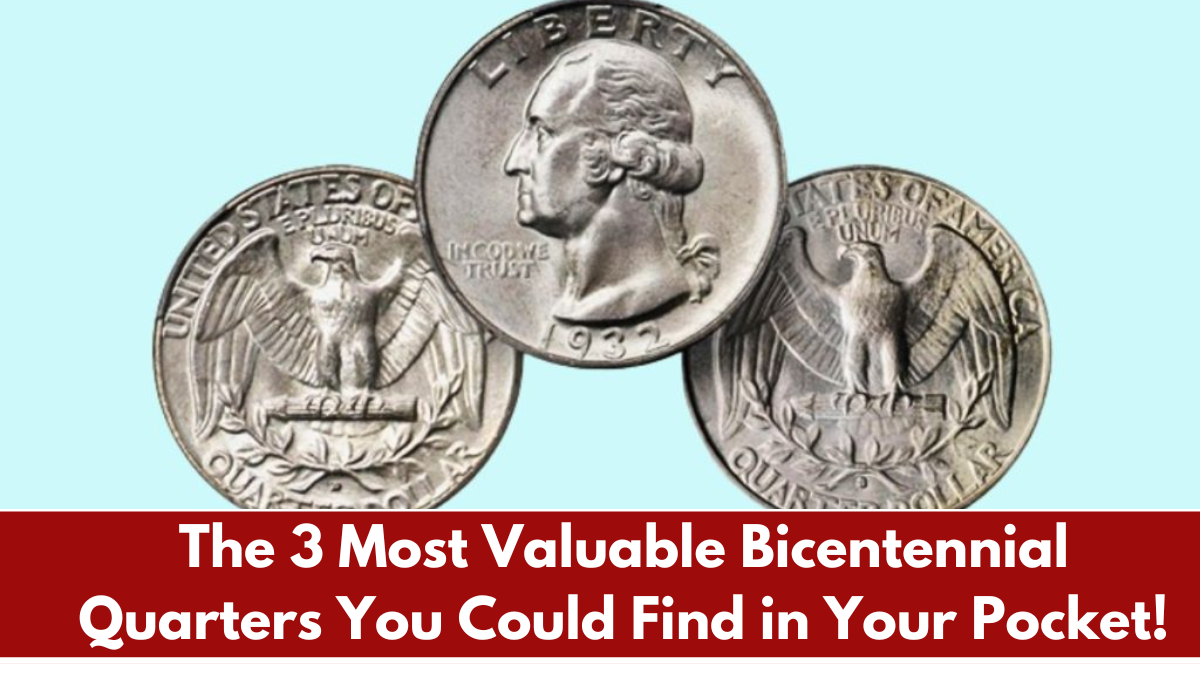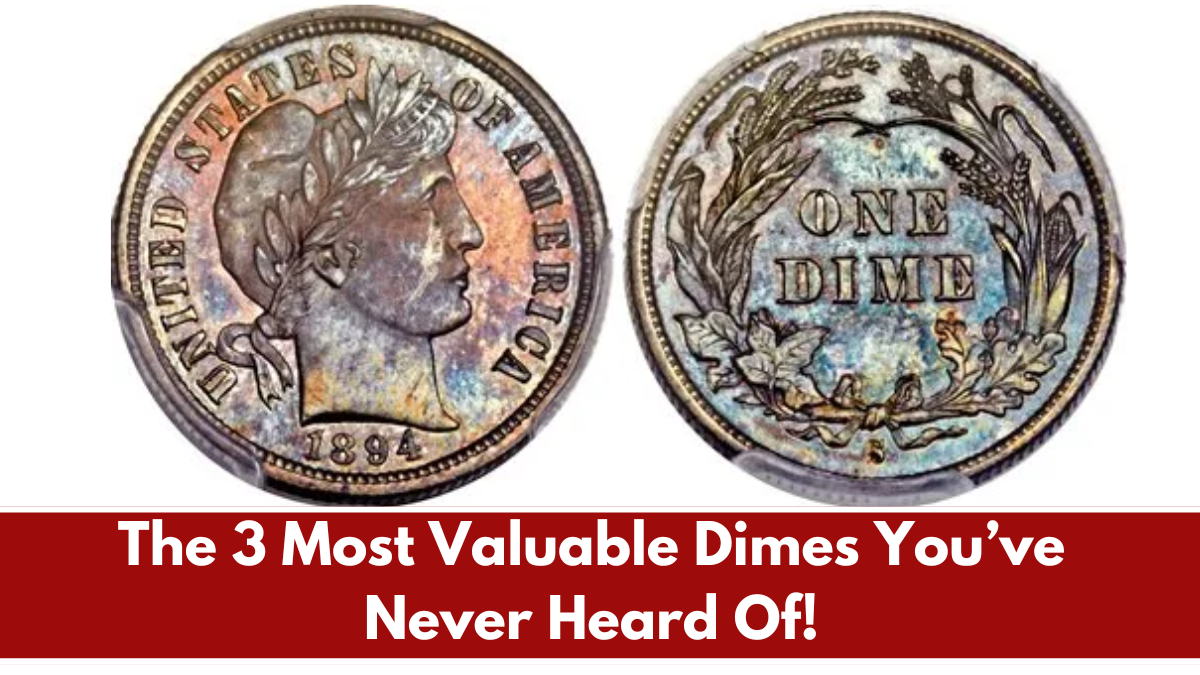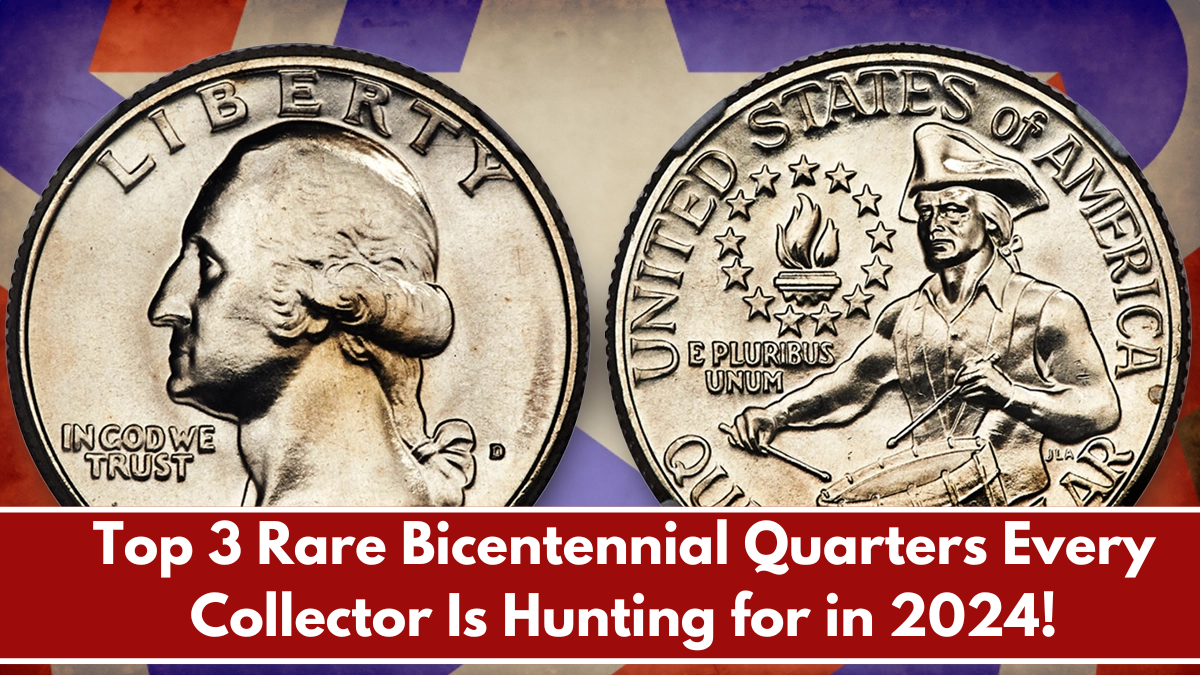Bicentennial quarters, minted in 1976 to celebrate the 200th anniversary of the United States, are iconic coins with a unique dual date (1776-1976) and a drummer boy design. While millions of these quarters were produced and most are worth face value, a few rare and valuable variations can still be found in circulation or collections. Let’s explore the three most valuable Bicentennial quarters that could turn your spare change into a collector’s dream!
1. The 40% Silver Bicentennial Quarter
Most Bicentennial quarters were minted in a copper-nickel composition, but a select few were struck in 40% silver as part of special collector sets. These coins are heavier and shinier than their copper-nickel counterparts. If you spot a Bicentennial quarter with a smooth, silver-colored edge instead of a copper streak, you may have found one. In uncirculated or high-grade condition, these quarters can be worth $10 to $20, with rare proofs fetching even more.
2. The Doubled Die Bicentennial Quarter
Error coins are highly sought after, and the Doubled Die Bicentennial Quarter is a prime example. This error occurs when the coin’s design is accidentally struck twice, resulting in a visible doubling on elements like the date, “Liberty,” or the drummer boy. These quarters are rare, and depending on the severity of the doubling and the coin’s condition, they can sell for $500 or more.
3. The Proof Bicentennial Quarter with No Mint Mark
Proof Bicentennial quarters, produced for collectors, are typically struck with an “S” mint mark for the San Francisco Mint. However, a few rare examples were mistakenly released without the mint mark. These coins are distinguished by their polished, mirror-like finish and absence of a mint mark below the date. With only a handful of these coins known to exist, their value can reach thousands of dollars, especially in high grades.
Bicentennial quarters are a staple of U.S. coinage, but a few rare variations make them incredibly valuable. Whether it’s the 40% Silver Bicentennial Quarter, the Doubled Die error, or the elusive Proof without a mint mark, these coins can fetch a significant premium. So, the next time you’re sorting through your spare change or old coin jar, pay close attention—you might just find a hidden treasure!
FAQ’s:
1. How can I tell if a Bicentennial quarter is silver?
Check the coin’s edge. Silver quarters will lack the copper-colored stripe found on standard quarters and have a smoother, brighter finish.
2. What is a doubled die Bicentennial quarter?
It’s an error coin where parts of the design, such as the date or text, appear doubled due to a mistake during the minting process.
3. How do I identify a Proof Bicentennial quarter with no mint mark?
These coins have a mirror-like finish typical of Proof coins but lack the “S” mint mark below the date.
4. Are all Bicentennial quarters valuable?
No, most are worth face value unless they have rare features like silver composition, minting errors, or Proof finishes without a mint mark.
5. Where can I sell rare Bicentennial quarters?
Rare coins can be sold at auctions, online marketplaces, or through reputable coin dealers. Getting your coin graded can help maximize its value.













